
Rabbit Anti-phospho-TRIM28 (Ser473)antibody
TIF1 beta(Phospho-Ser473); P-TIF1 beta(Ser473); KAP1 (phospho S473); p-KAP1 (phospho S473); TIF1B_HUMAN; Transcription intermediary factor 1-beta; KAP1; RNF96; TIF1B; TIF1-beta; TIF1 beta; E3 SUMO-protein ligase TRIM28; EC:2.3.2.27; KRAB-associated protei
View History [Clear]
Details
Product Name phospho-TRIM28 (Ser473) Chinese Name 磷酸化转录中介因子Tif1β抗体 Alias TIF1 beta(Phospho-Ser473); P-TIF1 beta(Ser473); KAP1 (phospho S473); p-KAP1 (phospho S473); TIF1B_HUMAN; Transcription intermediary factor 1-beta; KAP1; RNF96; TIF1B; TIF1-beta; TIF1 beta; E3 SUMO-protein ligase TRIM28; EC:2.3.2.27; KRAB-associated protein 1 (KAP-1); KRAB-interacting protein 1 (KRIP-1); Nuclear corepressor KAP-1; RING finger protein 96; RING-type E3 ubiquitin transferase TIF1-beta; Tripartite motif-containing protein 28; Product Type Phosphorylated anti Immunogen Species Rabbit Clonality Polyclonal React Species Human, Mouse, Rat, (predicted: Rabbit, ) Applications ELISA=1:5000-10000 IHC-P=1:100-500 IHC-F=1:100-500 Flow-Cyt=1ug/Test IF=1:100-500 (Paraffin sections need antigen repair)
not yet tested in other applications.
optimal dilutions/concentrations should be determined by the end user.Theoretical molecular weight 88kDa Cellular localization The nucleus Form Liquid Concentration 1mg/ml immunogen KLH conjugated synthesised phosphopeptide derived from human TRIM28 around the phosphorylation site of Ser473: SR(p-S)GE Lsotype IgG Purification affinity purified by Protein A Buffer Solution 0.01M TBS(pH7.4) with 1% BSA, 0.03% Proclin300 and 50% Glycerol. Storage Shipped at 4℃. Store at -20 °C for one year. Avoid repeated freeze/thaw cycles. Attention This product as supplied is intended for research use only, not for use in human, therapeutic or diagnostic applications. PubMed PubMed Product Detail The protein encoded by this gene mediates transcriptional control by interaction with the Kruppel-associated box repression domain found in many transcription factors. The protein localizes to the nucleus and is thought to associate with specific chromatin regions. The protein is a member of the tripartite motif family. This tripartite motif includes three zinc-binding domains, a RING, a B-box type 1 and a B-box type 2, and a coiled-coil region. [provided by RefSeq, Jul 2008]
Function:
Nuclear corepressor for KRAB domain-containing zinc finger proteins (KRAB-ZFPs). Mediates gene silencing by recruiting CHD3, a subunit of the nucleosome remodeling and deacetylation (NuRD) complex, and SETDB1 (which specifically methylates histone H3 at 'Lys-9' (H3K9me)) to the promoter regions of KRAB target genes. Enhances transcriptional repression by coordinating the increase in H3K9me, the decrease in histone H3 'Lys-9 and 'Lys-14' acetylation (H3K9ac and H3K14ac, respectively) and the disposition of HP1 proteins to silence gene expression. Recruitment of SETDB1 induces heterochromatinization. May play a role as a coactivator for CEBPB and NR3C1 in the transcriptional activation of ORM1. Also corepressor for ERBB4. Inhibits E2F1 activity by stimulating E2F1-HDAC1 complex formation and inhibiting E2F1 acetylation. May serve as a partial backup to prevent E2F1-mediated apoptosis in the absence of RB1. Important regulator of CDKN1A/p21(CIP1). Has E3 SUMO-protein ligase activity toward itself via its PHD-type zinc finger.
Subcellular Location:
Nucleus. Associated with centromeric heterochromatin during cell differentiation through CBX1.
Tissue Specificity:
Expressed in all tissues tested including spleen, thymus, prostate, testis, ovary, small intestine, colon and peripheral blood leukocytes.
Post-translational modifications:
Phosphorylated upon DNA damage, probably by ATM or ATR. ATM-induced phosphorylation on Ser-824 represses sumoylation leading to the de-repression of expression of a subset of genes involved in cell cycle control and apoptosis in response to genotoxic stress. Dephosphorylation by the phosphatases, PPP1CA and PP1CB forms, allows sumoylation and expression of TRIM28 target genes. Sumoylation/desumoylation events regulate TRIM28-mediated transcriptional repression. Sumoylation is required for interaction with CHD3 and SETDB1 and the corepressor activity. Represses and is repressed by Ser-824 phosphorylation. Enhances the TRIM28 corepressor activity, inhibiting transcriptional activity of a number of genes including GADD45A and CDKN1A/p21. Lys-554, Lys-779 and Lys-804 are the major sites of sumoylation. In response to Dox-induced DNA damage, enhanced phosphorylation on Ser-824 prevents sumoylation and allows de-repression of CDKN1A/p21.
Similarity:
Belongs to the TRIM/RBCC family.
Contains 2 B box-type zinc fingers.
Contains 1 bromo domain.
Contains 1 PHD-type zinc finger.
Contains 1 RING-type zinc finger.
SWISS:
Q13263
Gene ID:
10155
Database links:Entrez Gene: 10155 Human
Omim: 601742 Human
SwissProt: Q13263 Human
Unigene: 467408 Human
Product Picture
Primary Antibody (green line): Rabbit Anti-phospho-KAP1 (Ser473) antibody (SL17221R)
Dilution:1ug/Test;
Secondary Antibody(white blue line): Goat anti-rabbit IgG-AF488
Dilution: 0.5ug/Test.
Isotype control(orange line): Normal Rabbit IgG
Protocol
The cells were fixed with 4% PFA (10min at room temperature)and then permeabilized with 90% ice-cold methanol for 20 min at -20℃, The cells were then incubated in 5%BSA to block non-specific protein-protein interactions for 30 min at room temperature .Cells stained with Primary Antibody for 30 min at room temperature. The secondary antibody used for 40 min at room temperature. Acquisition of 20,000 events was performed.
Bought notes(bought amounts latest0)
No one bought this product
User Comment(Total0User Comment Num)
- No comment
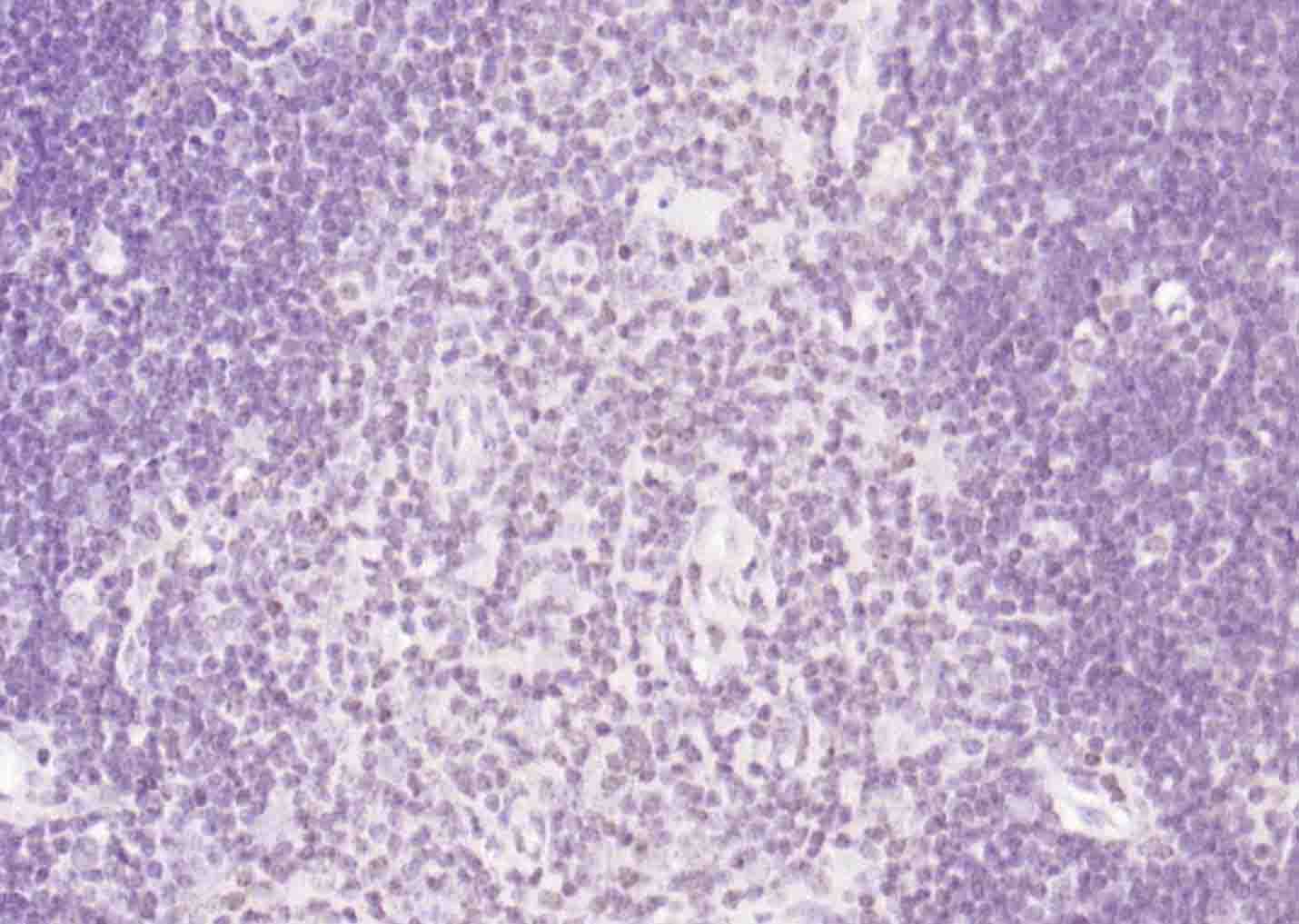


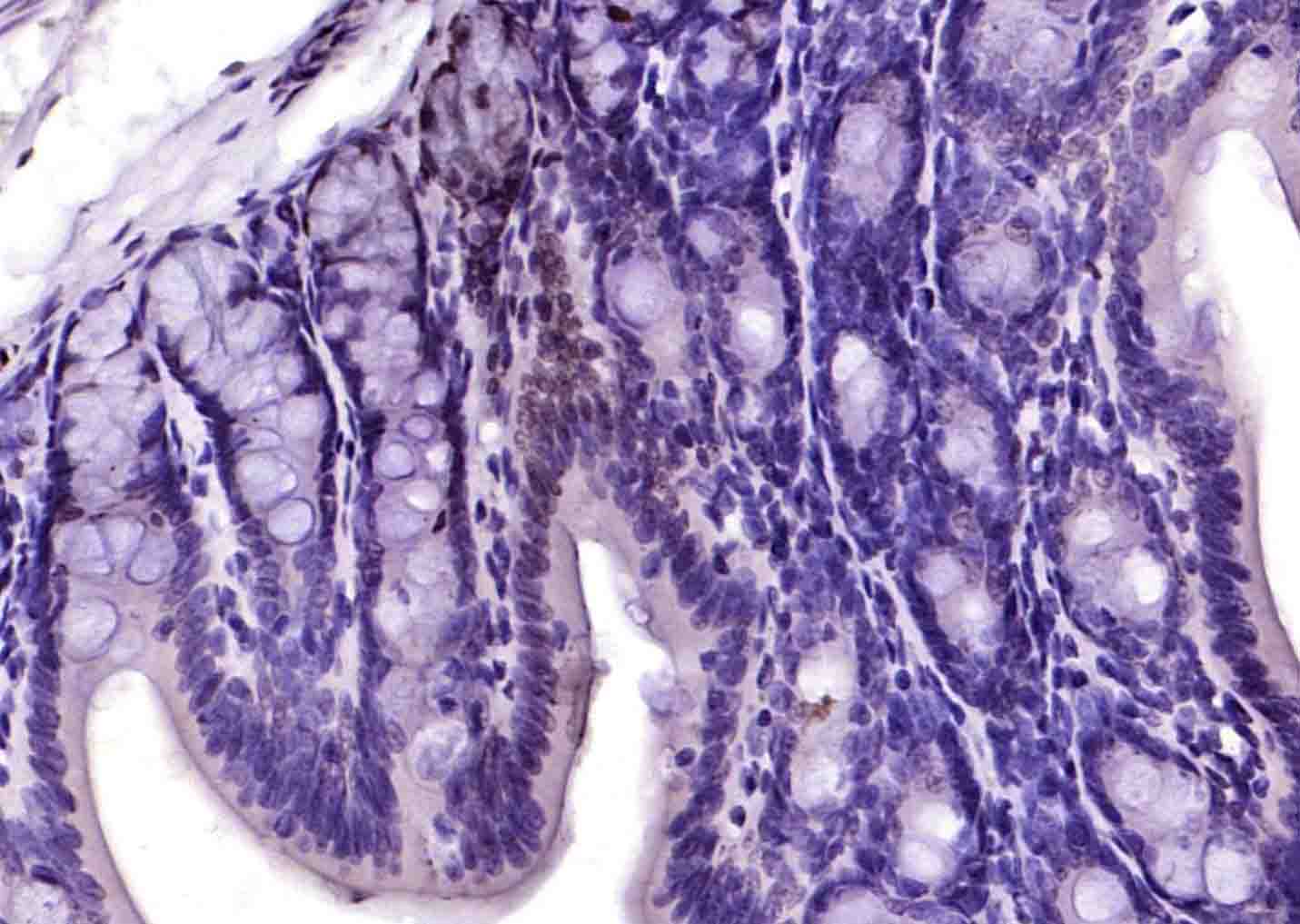
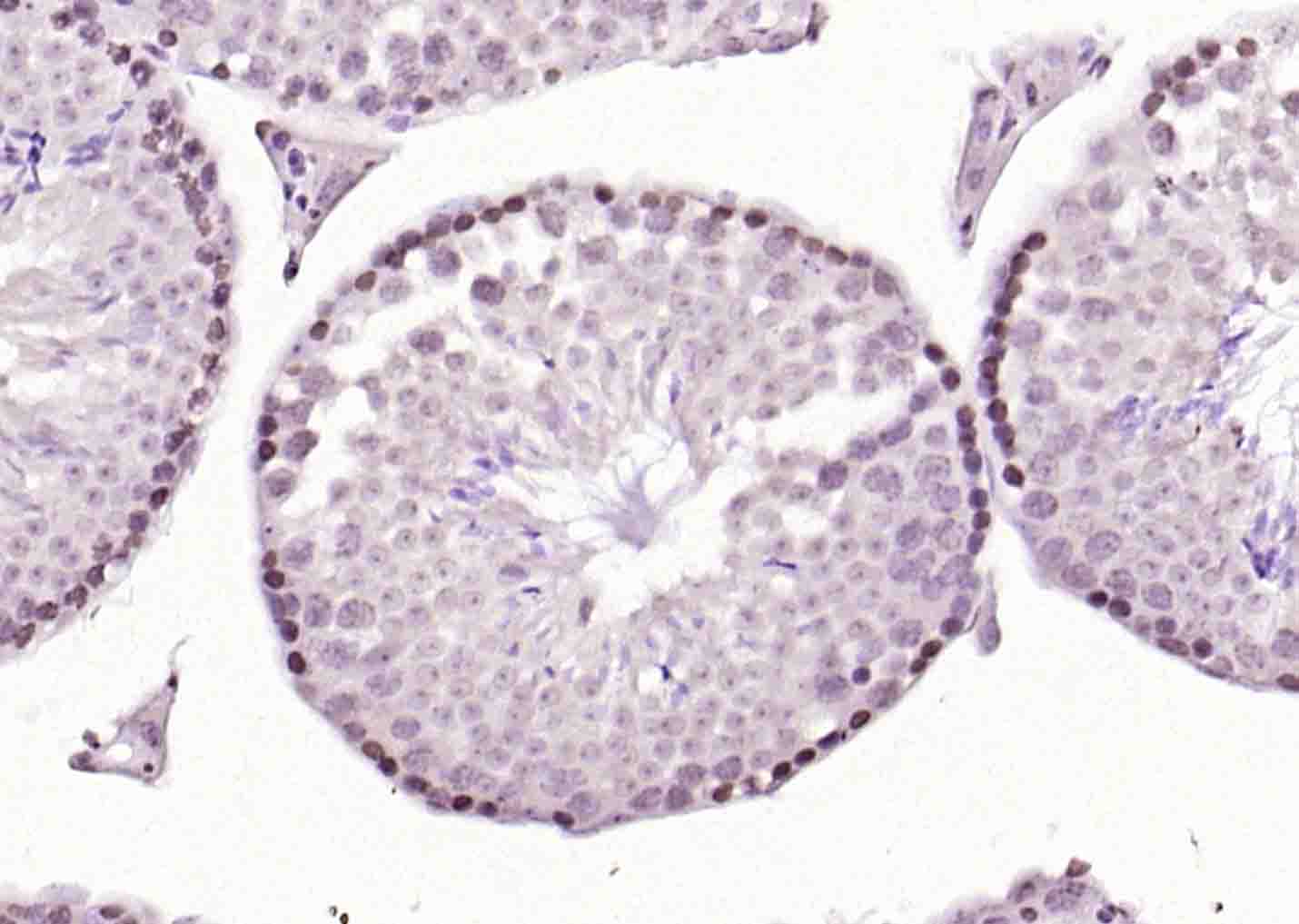
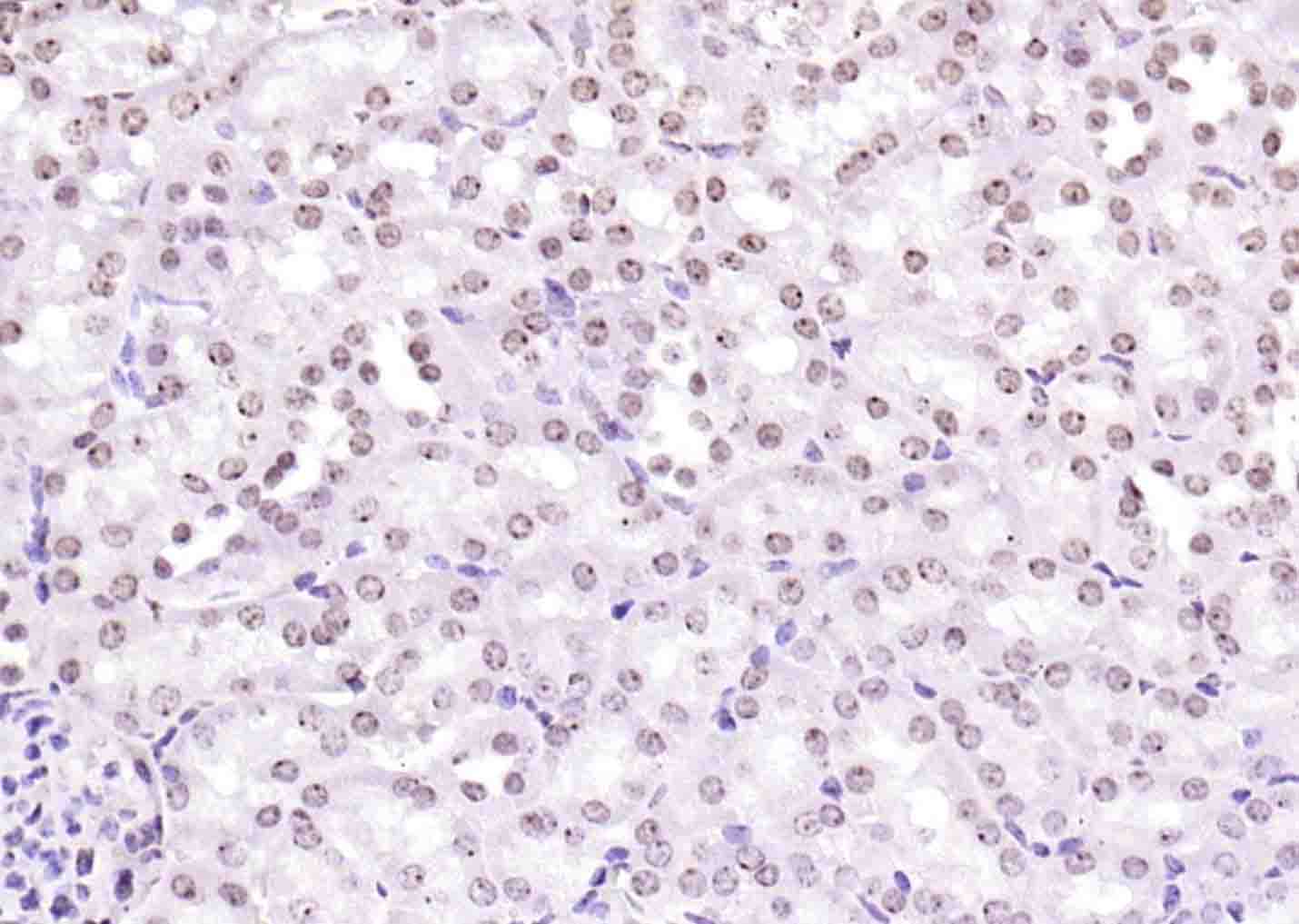
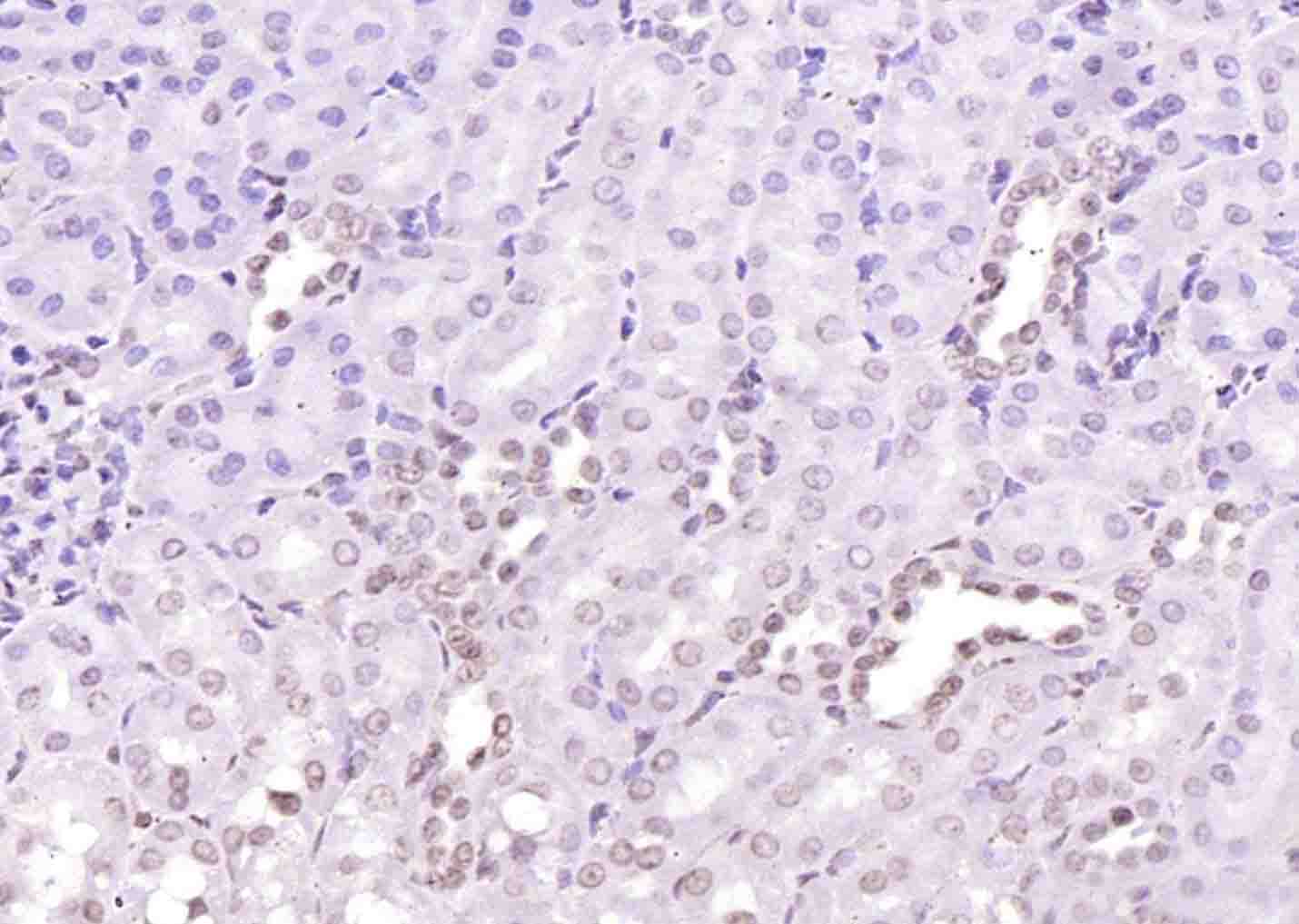

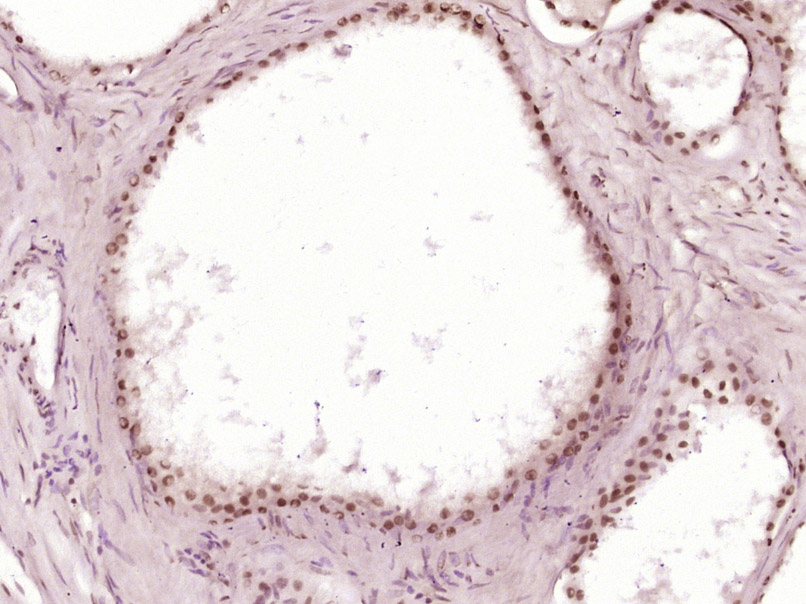

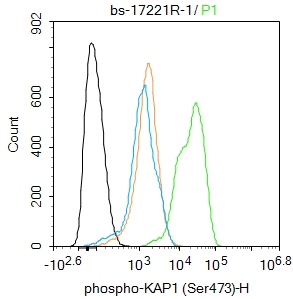


 +86 571 56623320
+86 571 56623320
 +86 18668110335
+86 18668110335

